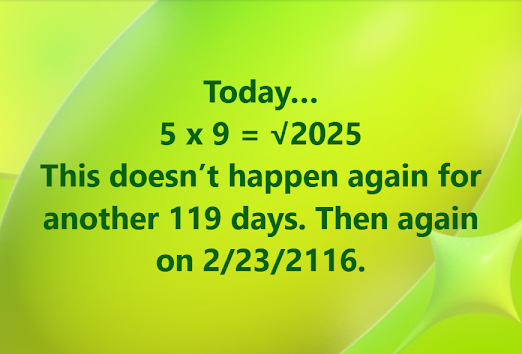The last time I posted on my blog was the day that I completed my bachelor's degree in Computer Software Technology. I took a trip to Wisconsin with the kids to visit my mom, sister, and stepdad, and to show them many of the things that I love about the state that I grew up in. I also took a trip to the Rocky Mountains in Canada, particularly Banff and the surrounding areas. It is so beautiful there! I haven't completely taken a break from learning. In the past year, I have been working on learning some web development on Codecademy, learning about HTML, CSS, and JavaScript. I worked on an automation with Python course on Coursera. I also finished the short amount of courseware that Codecademy has to offer on C++. I have decided that I need to find a coding language to stick with and learn as much as I can. I am most familiar with Python, so I plan to keep up learning with it since Codecademy and Coursera both have plenty of learning material. I think that if I learn a great amount of coding in Python, shifting to languages such as JavaScript or C++ would be a challenge, but it would mostly involve learning a new syntax.
Friday, May 9, 2025
Returning to my Blog to Learn New Things and Share My Experiences
I like numbers. When it's a new year, I have the habit of factoring the year. This year factors down to 3x3x3x3x5x5. 3⁴ x 5² = 81 x 25 = 45² = 5² x9² = 2025. There are many ways to put it. I got excited with the month square times the day square equals the year. The superscript ² wasn't working for me on my phone on Facebook this morning, so I posted 5 x 9 = √2025. Either way, it works. I can do the math on paper or in a spreadsheet and manually determine the dates where the month square times the day squared equals the year, or, in algebra terms, m² x d² = y. But can I do this in Python?
I was working on lessons on loops and lists this week and creatively put them to practical use, as seen above. This seemed like it would be quite a challenge, considering not all months have 31 days. Leap year is another thing, as coded in lines 5 through 8. This isn't all, every 100 years, leap year is called off, except those that are multiples of 400. This will happen on 2² x 29² = 3364. 3364 is not a multiple of 100 or 400. I could have added it to the code, but it would not have mattered. the range of years is entered in line 4. Between years 1 and 2500, there are 130 instances where m² x d² = y holds true, and thanks to my Python program, I learned that I missed 3/15/2025 earlier this year.
I have been told that learning a skill is one thing, but being able to create with that skill is another level of understanding. By putting this idea to use, I realized that this program was not as difficult as I had originally thought, but I had to reach out for help. I learned how to sort lists of lists by the specific index, as coded in line 13, sorting the dates by year (the third index of the date lists). Python is an incredible coding language with endless possibilities. I hope to continue learning the concepts of coding in this language.
Subscribe to:
Posts (Atom)
Returning to my Blog to Learn New Things and Share My Experiences
The last time I posted on my blog was the day that I completed my bachelor's degree in Computer Software Technology. I took a trip to Wi...

-
Today is the day that I have been looking forward to for the last couple of years. I have put a lot of hard work and dedication into my stud...
-
Throughout this course, we learned about data structures and algorithms when writing computer programs. We learned about the importance of w...
-
The last time I posted on my blog was the day that I completed my bachelor's degree in Computer Software Technology. I took a trip to Wi...



